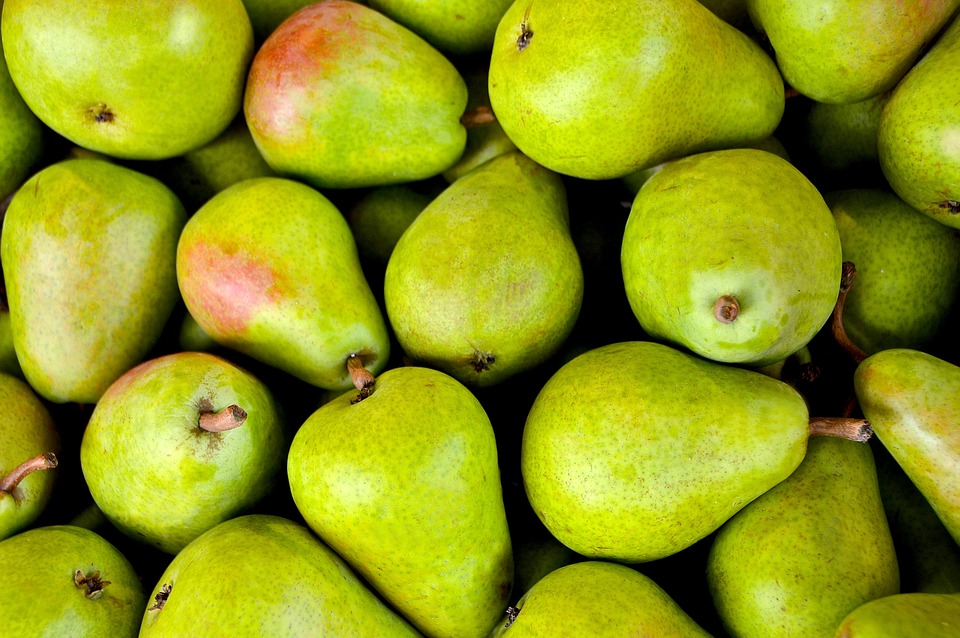By Miguel Campos, export sales manager, Advanta
You’ve just received a notification on your smartphone. Remember that bottle of wine you bought this afternoon? It’s now chilled and ready to drink. Could this scenario ever be a reality? Miguel Campos, export sales manager at global packaging supplier Advanta, explains which countries are at the forefront of smart labelling.
Issues surrounding product shelf life, smart labels, and sustainability are all heavily interlinked — an informed consumer can make better decisions about their food usage and disposal. Smart labels describe any technology that expands on the information of a standard product label. This can include QR codes, sensors, microchips, and image recognition, among other features.
With growing pressures to reduce food and packaging waste, any technology that helps the consumer make better decisions on food waste will always be well received. What’s more, packaging with built-in sensors or microchips can help manufacturers ensure quality and freshness by monitoring the products temperature during its journey to the supermarket shelf.
The US
In the US alone, it’s estimated that consumers throw away $29 billion worth of edible food each year. In fact, America’s heavy-weight supermarkets are now involved in the food waste debate, with Walmart working towards a zero-waste future.
In light of this, a smart label digital initiative has been launched by the Grocery Manufacturers Association (GMA) and the Food Marketing Institute (FMI) across the food, snacks, and baking industry. In a program created in collaboration with manufacturers and retailers, consumers are now able to scan QR codes to receive more information on particular products.
Some of the tens of thousands of products that are smart label-enabled are from Flowers Foods, Nature’s Own, and Dave’s Killer Bread, among others. But, the US food industry is also dipping its toes into other technologies to enhance its smart labeling efforts.
Last year, researchers at Clarkson University in New York created a paper-based sensor to inform consumers when food is about to expire. The sensor changes color when it encounters spoiled food, with the intensity of the color indicating how badly the food has gone off. The innovation caused a media storm, with suggestions that the technology could significantly cut back on unnecessary food waste.
Australia
Over in Australia, smart labels are being put in place to detect the ripeness of certain fruits. In some supermarkets, you can now find sensor labels that detect a fruit’s ripeness, in combination with a plastic clamshell pack. Now available in Woolworths and Coles supermarkets, the packaging captures the aroma of the fruit, and the label then reacts with them to change color from red to yellow, illustrating its ripeness levels.
It could also be argued that the dependence on a plastic clamshell pack is counterintuitive to the end goal of reducing waste, as pears can easily be sold loose. Perhaps, the future of this technology will use these intuitive sensors with reusable containers that remain at the supermarket, or recyclable materials such as aluminum, like the foil packaging solutions provided by Advanta.
Europe
Researchers from Trinity College, Dublin, recently announced a major development in nanotechnology. It’s this sort of time-temperature integrative (TTI) technology that tracks the integrity of the cold chain by indicating accumulated exposure of the product to temperatures conducive to more rapid bacterial growth. Unlike the “sell by” or “best before” dates we’re used to, which assume proper temperature storage of the product, a TTI indicates the actual product life remaining based on the conditions it has really faced.
These smart labels are set to be used with the bump mark project. This is a separate development, which uses a layer of gelatin that reacts to environmental conditions, giving consumers up-to-date information on the quality of their perishable food. This could be particularly beneficial for meat products.
Sainsbury’s, a British supermarket, is testing this technology with the introduction of its ‘Smart Fresh’ label initiative. This smart label, now found on Sainsbury’s own-brand cooked ham packaging, changes color from yellow to purple over time. The cooler the ham is kept, the slower this reaction takes place. This means if the ham has been left in warm conditions for too long, the label will turn purple rapidly, indicating this product is no longer safe to eat.
Food labeling is set to change, and any technology that improves the consumers ability to use food safely with minimal wastage will be backed by retailers, government, and the general public. Yet equally, we must make sure that packaging as a whole is sustainable, as simply placing a smart sensor label on plastic packaging won’t tackle the bigger issues in the food industry, such as packaging recyclability.
Miguel Campos is the export sales manager at Advanta. Advanta is one of the leading foil food container manufacturers in Europe. The company headquarters in Cannock, United Kingdom is purpose-built and establishes new standards for the whole packaging industry. The business operates globally and is able to offer regional support in Australia, Asia, South America, Africa and the USA.
